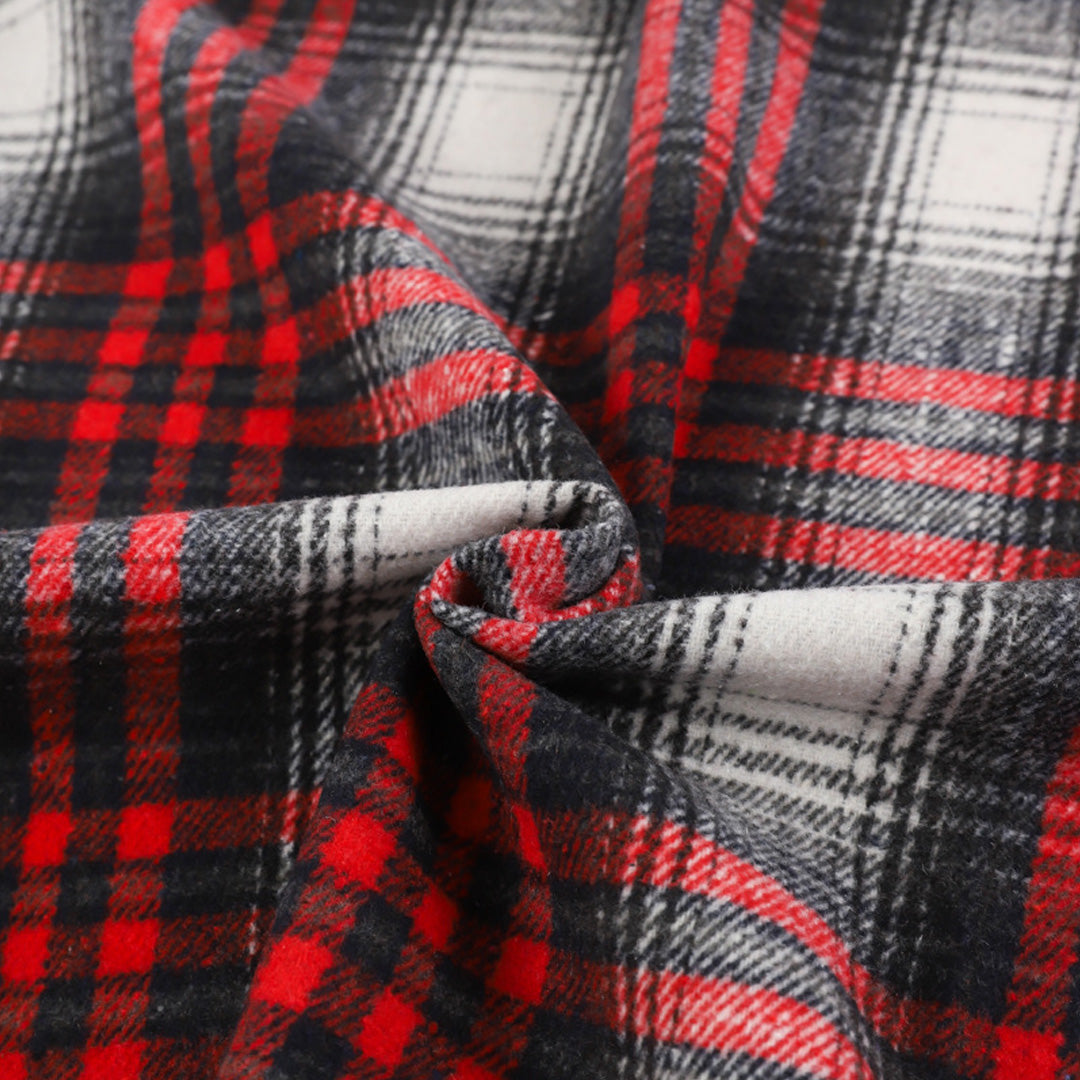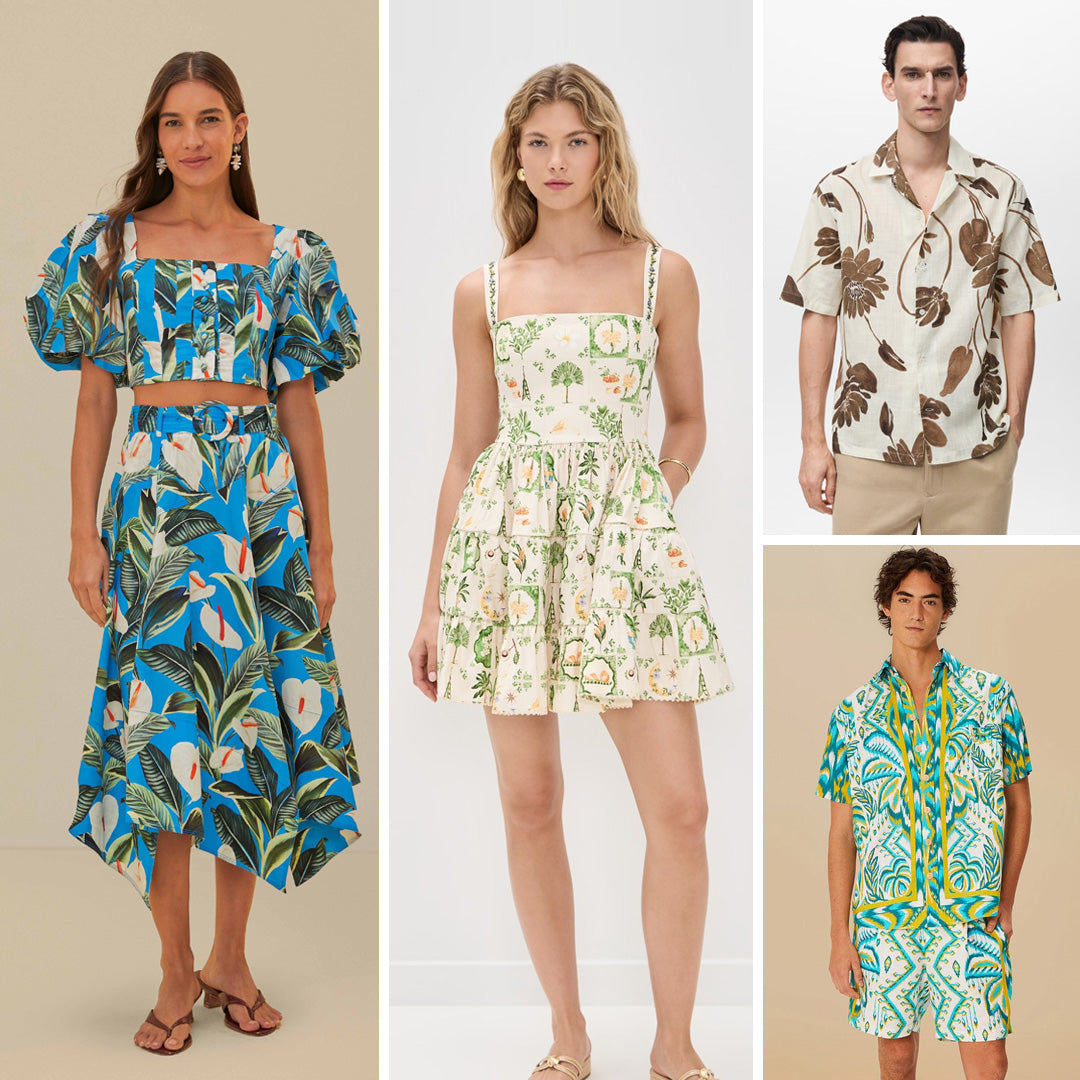Choosing the right fabric might seem like picking from a pretty pile, but when it comes to yarn-dyed checkered fabric, there’s more than meets the eye. From fashion to home textiles, from crisp shirting to cozy jackets, this fabric comes in endless variations. In this how-to guide, we’ll walk you through the key steps to make sure you’re selecting the best yarn-dyed checkered fabric—by the yard or the container.
Step 1: Know Your End Use
Start with the purpose. Are you making:
A flannel shirt? Look for "lightweight brushed yarn-dyed fabric."
A structured coat? Opt for "heavyweight plaid wool blend."
Table linens or cushions? Consider "medium-weight woven check cotton."
Clarifying the use helps narrow options fast.
Step 2: Understand the Weave and Composition
Common compositions:
100% cotton: Soft, breathable—great for apparel
Poly-cotton blends: Increased durability and wrinkle resistance
Wool or wool blends: Added warmth for outerwear
Search tip: Try long-tail keywords like "cotton yarn-dyed check for shirts" or "brushed wool plaid for jackets."
Step 3: Choose Your Check Pattern Wisely
Size and complexity matter:
Small checks: Refined, suitable for formal wear
Medium checks: Versatile and balanced
Large or buffalo checks: Bold, casual, or fashion-forward
Some trending patterns include "oversized tartan fabric," "vintage gingham check," and "windowpane plaid shirting."
Step 4: Pick the Right Finish
Finish affects both look and function:
Brushed: Softer and warmer; used for cozy or winter wear
Non-brushed: Crisper and cleaner for structured garments
Also look for descriptions like "double-sided brushed flannel" or "pre-washed yarn-dyed fabric."
Step 5: Think About Color and Season
Choose colors based on:
Seasonality: Earth tones for fall/winter, pastels for spring/summer
Market demand: Research what's trending in your region
Brand identity: Match or complement your color palette
Popular long-tail terms: "earth tone plaid cotton fabric," "pastel check Japanese fabric," "autumn tartan wool."
Ending
Yarn-dyed checkered fabric offers endless possibilities—if you know how to choose wisely. By following these steps, you’ll be able to source the best material for your project, whether it’s boutique fashion or a large-scale apparel order. Need help matching GSM, pattern repeat, or fabric behavior to your end product? Let us know—we’re ready to help you check all the right boxes!





Leave a comment
This site is protected by hCaptcha and the hCaptcha Privacy Policy and Terms of Service apply.